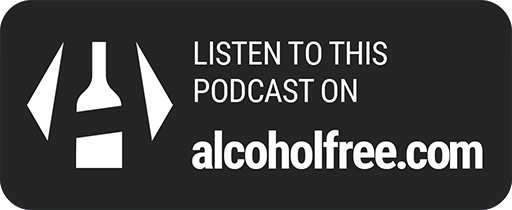American Society of Addiction Medicine

American Society of Addiction Medicine
Lead: Rapid Initiation of Injection Naltrexone for Opioid Use Disorder
Lead: Rapid Initiation of Injection Naltrexone for Opioid Use Disorder
Lead: Rapid Initiation of Injection Naltrexone for Opioid Use Disorder
Tuesday 28th May 2024
Explore rapid initiation of injection naltrexone for opioid use disorder and its potential benefits over standard procedures in this informative episode.
6 minutes
Informative
Educational
Supportive
Compassionate
Hopeful
About this podcast
Author:
American Society of Addiction Medicine
Overview:
Categories:
Innovative Treatments & Recovery Paths
Navigating Alcohol Dependency
Family Recovery from Addiction
Nutritional Pathways to Recovery
Navigating Intimate Relationships
Links:
Visit site
Episodes:
159 (View all)

Do you want to link to this podcast?
Get the buttons here!Rapid Initiation of Naltrexone: A Game Changer for Opioid Use Disorder?
Episode Overview
- Rapid initiation of naltrexone shows higher initial dose uptake.
- High-dose buprenorphine on day one is safe for many patients.
- Fentanyl requires tailored treatment approaches due to its potency.
- Healthcare providers play a crucial role in e-cigarette quitting success.
- Buprenorphine prescriptions should be differentiated from pain management opioids.
Patients in the Rapid Procedure Initiative Group were more likely to receive the initial XR Naltrexone dose than the standard initiation procedure group
In this episode of 'This Week in Addiction Medicine from ASAM', host Zach Caruso brings you the latest research and news in addiction medicine. The lead story focuses on a study from JAMA Network that compares rapid initiation procedures for extended-release naltrexone with standard procedures for treating opioid use disorder. The findings suggest that patients undergoing the rapid initiation procedure are more likely to receive the initial dose of XR-naltrexone, potentially offering a more efficient treatment pathway.
However, there was no significant difference in the rate of second and third doses between the two groups. This is crucial information for healthcare providers looking to optimise treatment protocols for opioid use disorder. The episode also covers a scoping review on high-dose buprenorphine initiation, revealing that higher doses on day one can be safe and effective for some patients, with minimal adverse outcomes reported.
Additionally, the episode discusses the challenges posed by fentanyl in opioid agonist treatment, highlighting the need for tailored approaches to manage its potent effects and improve patient retention. Other topics include the role of healthcare providers in supporting smokers using e-cigarettes to quit, the impact of prescription drug monitoring programs on adolescent misuse, and the importance of differentiating buprenorphine prescriptions for opioid use disorder from those for pain management to better address the overdose crisis.
The episode wraps up with insights into ultra-processed food addiction and the mixed results of cannabis legalization on youth health in Canada. With a mix of clinical studies and policy discussions, this episode offers valuable insights for anyone interested in the latest developments in addiction medicine.
